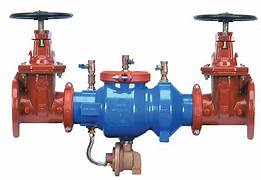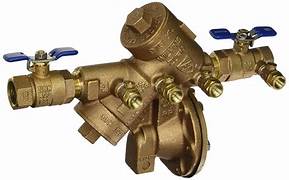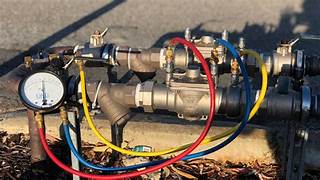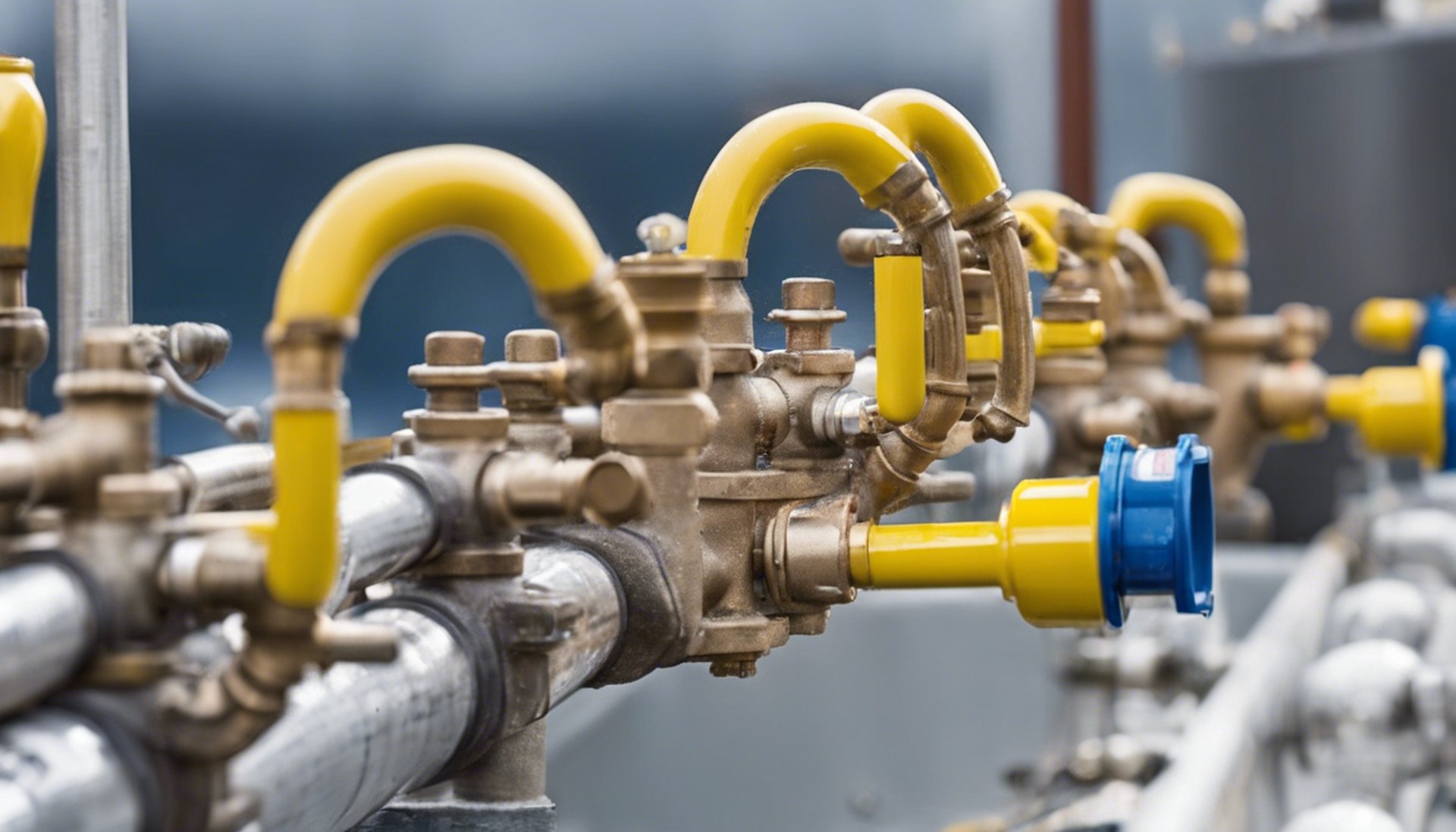BACKFLOW SERVICE
BACKFLOW DEVICE INSTALLATION & REPAIR
Equipped with full air conditioning, a private pool, 3 on-suite bedrooms, and a spacious open living room kitchen area, Sunshine Bay Residences is an excellent choice for anyone dreaming of their own safe haven.
Backflow testing is a crucial aspect of plumbing systems, particularly in protecting water supply from contamination. This practice involves checking backflow prevention devices to ensure they are functioning correctly. Understanding why backflow testing is essential, how it works, and what the testing process entails can help property owners maintain a safe and efficient plumbing system. ### What is Backflow? Backflow refers to the unwanted reversal of the flow of water, which can occur in plumbing systems when there is a change in pressure. For example, if the water pressure in a municipal supply drops significantly, contaminated water from a non-potable source, like a sprinkler system or a sewer, can flow back into the clean water supply. This poses serious health risks, as it can introduce harmful substances into the drinking water. ### Importance of Backflow Prevention Backflow prevention devices are installed in plumbing systems to safeguard against these risks. These devices are designed to stop contaminated water from flowing back into the potable water supply.




BACKFLOW TESTING
Regular backflow testing is mandated by law in many regions to ensure these devices are functioning properly. Not only does testing help prevent contamination, but it also ensures compliance with local regulations and standards. ### The Backflow Testing Process 1. **Preparation:** Before testing begins, the plumber will notify the local water authority and check for any regulations that need to be followed. They will gather necessary equipment and tools, such as pressure gauges and test kits. 2. **Visual Inspection:** The plumber conducts a visual inspection of the backflow prevention device to check for any visible signs of wear, damage, or corrosion that could affect its performance. 3. **Testing:** The actual testing process begins by isolating the device from the water supply and utilizing specialized tools to measure the pressure on both sides of the device. The aim is to ensure that the device is capable of holding pressure and preventing backflow. 4. **Analysis:** After the test, the plumber will analyze the readings. If the backflow prevention device is functioning correctly, it will meet specific pressure benchmarks. If results indicate potential failure, repairs or replacements will be necessary. 5. **Documentation:** Finally, the results of the test are documented, and any necessary repairs are scheduled. This documentation is essential for compliance with local regulations and may be required for insurance purposes. ### Frequency of Testing The frequency of backflow testing can vary based on local regulations, but generally, it should be conducted at least once a year. Properties with high-risk systems, such as commercial establishments or those utilizing irrigation systems, may require more frequent testing. ### Mitigating Risks Regular backflow testing not only ensures compliance with regulations but also protects your health and safety. Property owners should educate themselves on the warning signs of backflow issues, such as discolored water, strange tastes or odors, or unexpected drops in water pressure. Timely action can prevent severe contamination issues and costly damage. ### Conclusion Backflow testing is an essential service for maintaining plumbing systems and safeguarding public health. Understanding the testing process helps homeowners and business owners take proactive steps to ensure their devices are functioning correctly. Regular testing, combined with general maintenance of plumbing systems, can prevent contamination risks and ensure a safe drinking water supply for everyone.j


''IF WE CAN FIX IT NO ONE CAN''

Back-flow Test
ASSE CERTIFIED
Open 24-hours, 7 Days a Week for Emergency Services
Non-emergency office Hours
Mon - FRI
8:00 am - 7:00 pm
Sat -
9:00 am - 1:30 pm
Sunday
Closed
CA License number: # 1016374
PLUMBER CA CERTIFIED BACKFLOW NUMBER : 54582
KECKO plumberS TEL phone: 951-505-3815
© 2016. All rights reserved.
LEAK DETECTION
DRAIN CLEANING HYDRO JETTING
Services BACKFLW TESTING HYDRO JETTING ,LEAK DETECTION, PLUMBING REPAIRS, WATER HEATERS AND MUSH MORE... Call us to''TODAY''
RIVERSIDE CA
